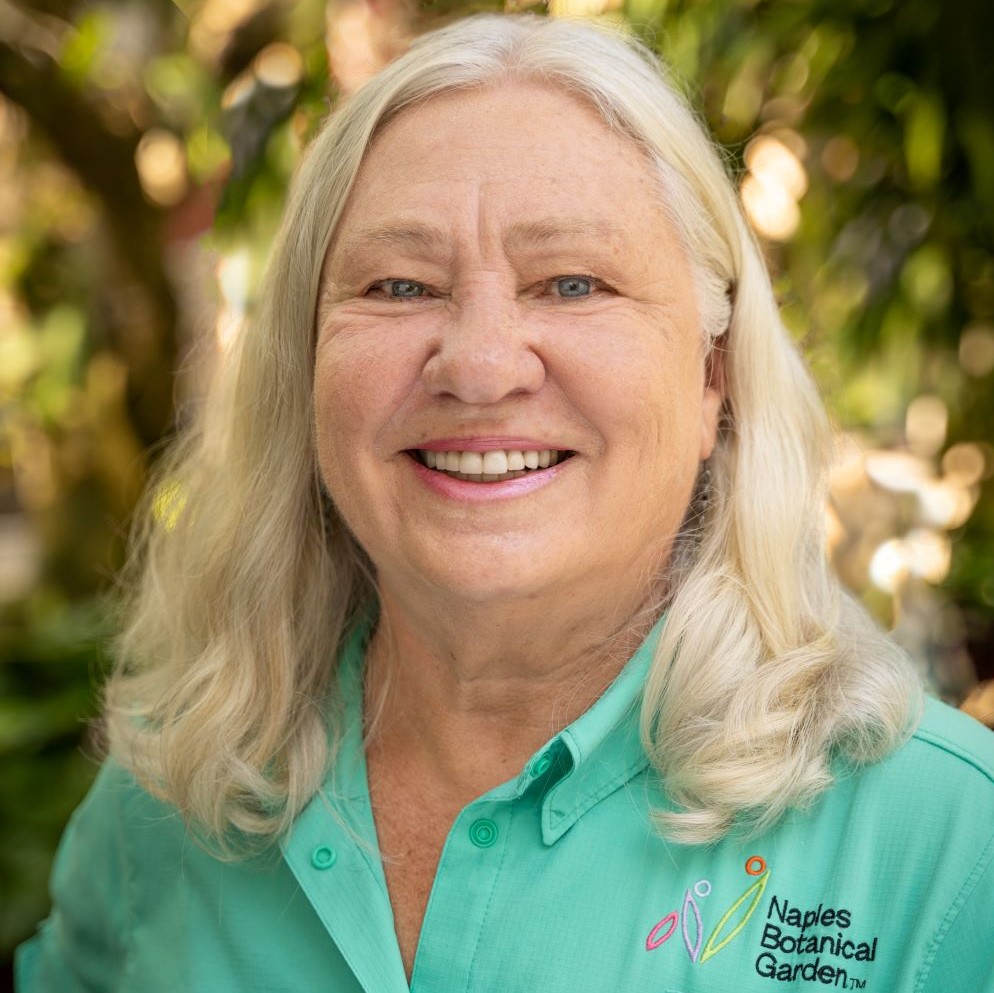
It’s midsummer, and a tropical storm is brewing in the Gulf. Your landscapers turn up to do emergency hurricane cuts on your palms. Should you let them?
Before we answer, let’s establish some basic facts.
Palms are very misunderstood. Because they are often the same size as woody trees, we often treat them in the same manner. But these tropical icons are not trees at all. Related to grasses, bananas, and even orchids, palms lack bark and secondary growth (the kind of growth that creates the rings on trees), so they are much more sensitive to injury. Never put nails in a palm, or allow someone to climb it with spikes.

There is only one growing point on a palm, the bud, and all the fronds emerge from it. You can imagine how important it is to protect it … and how advice for palm care takes that into account.
That returns us to the question about pruning. Look at the fronds forming the crown of the palm, and think of them as a clock face. Never prune fronds below three and nine. The fronds, and even the boots (the leftover stems from older fronds) on species such as sabals give the palm resilience in storms by protecting the bud. They also photosynthesize and send that energy to the tree. So, what should you do if someone offers to do a “hurricane cut?” Turn them down, and find someone who understands palm health.

Overzealous pruning weakens your palm in other ways. Our soil leaves palms susceptible to mineral deficiencies, especially potassium deficiency. This often manifests itself in discolored, yellow spotted leaves. Resist the urge to remove those leaves, which just further deprives the palm of potassium. Left to its own devices, your palm will move potassium from the older leaves to the newer ones. You can recognize palms that suffer severe potassium deficiency by “pencil pointing” of the trunk. It becomes much narrower, like a pencil point. In my own experience, removing only completely brown leaves results in fat, healthy-looking palms.
Proper pruning of all your palms will allow you to fulfill your dream of living in a tropical paradise.

About the Author
This blog was originally published on August 6, 2021.

